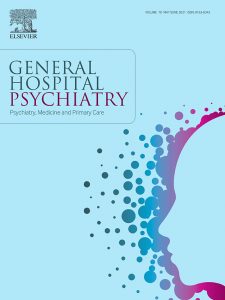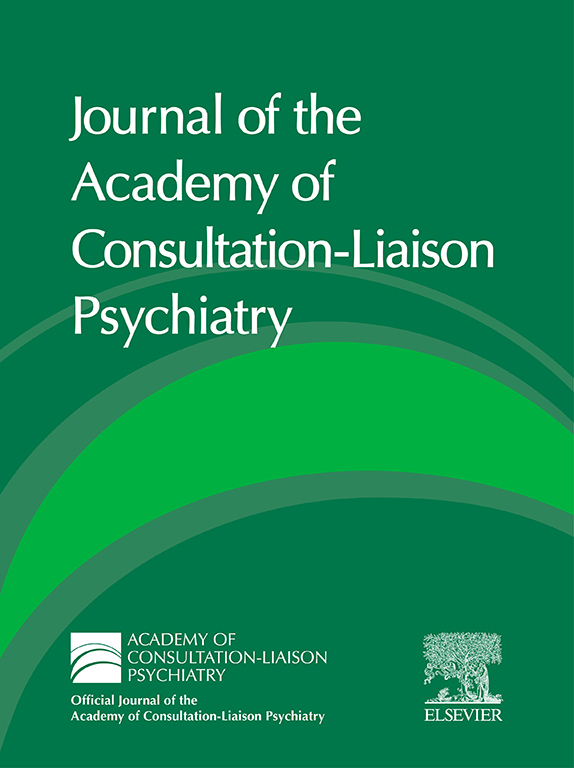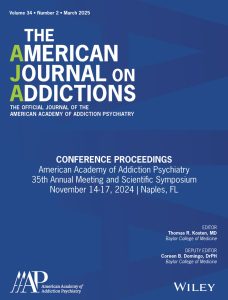Authors: Zhilan Ke, School of Nursing, Hubei University of Chinese Medicine, et al.
Abstract: Immersive Virtual Reality (IVR) is being investigated and tested as a potential intervention tool for addressing the increasing prevalence of psychological issues among older adults. This review aims to assess the effectiveness of IVR devices in enhancing their psychological well-being.
Conclusions were that IVR has the potential to improve the psychological health of older adults and may be widely applicable in promoting successful aging.
The number of older adults is growing faster than any other age group and is projected to more than double, reaching over 2.1 billion, by 2050. As demographic aging accelerates, there is a growing global focus on promoting healthy aging. The likelihood of experiencing better health and successful aging in older adults is associated with higher levels of psychological well-being. However, depression and anxiety are prevalent among the older population: studies indicate that 7% of older adults suffer from major depression and 14% experience anxiety disorders.
Among the active aging interventions built upon this background, preventive exercise, treatment, and rehabilitation can be facilitated through progressively evolving technologies over the next two decades such as digital medicine, genomics, robotics, and artificial intelligence. IVR has been shown to improve psychological health in older adults, leading to better mood, reduced anxiety, and fewer depressive symptoms.
IVR utilizes head-mounted displays or similar immersive environments to create sense-enriched virtual experiences that simulate the user’s physical presence in a digital space. Modern head-mounted displays feature a monitor for each eye, providing a stereoscopic image—a 360-degree panoramic view of a virtual environment that responds to the user’s head movements. It creates an interactive learning environment using 3D VR simulations, offering an ‘immersive experience’ that enhances learning.
Such devices have been used in post-stroke rehabilitation, mobility and balance training, combating depression, cognitive training for neurodegenerative diseases, and preventing falls in the elderly. This capability allows users to experience nature or reminisce about scenes even when they are unable to go outdoors.
IVR helps improve mood, apathy, and cognitive functioning and is shown to be well-received among individuals with dementia or mild cognitive impairment. One study involving 30 older adults found that a six-week VR program was beneficial, user-friendly, and enjoyable, with participants expressing positive perceptions toward accepting and using it. Another study on a two-week IVR intervention revealed that the experimental group using IVR experienced less social isolation, demonstrated fewer signs of depression, and reported better overall well-being compared to those who watched TV.
“Moreover,” say the authors, “this technology has become more affordable, technically accessible, and user-friendly…However, the use of head-mounted displays may present health and safety concerns, as exposure to virtual reality environments can result in side-effects or after-effects such as eyestrain, nausea, and headaches.
Importance: Given the substantial evidence supporting virtual reality as an effective treatment for affective disorders in younger populations, the potential for IVR interventions to address mood spectrum disorders and other psychiatric conditions in older adults is equally promising. However, there is a scarcity of studies that summarize the effectiveness of IVR interventions on psychological outcomes through meta-analysis. This study aims to fill this gap by synthesizing quantitative data.
Availability: Published by General Hospital Psychiatry.






